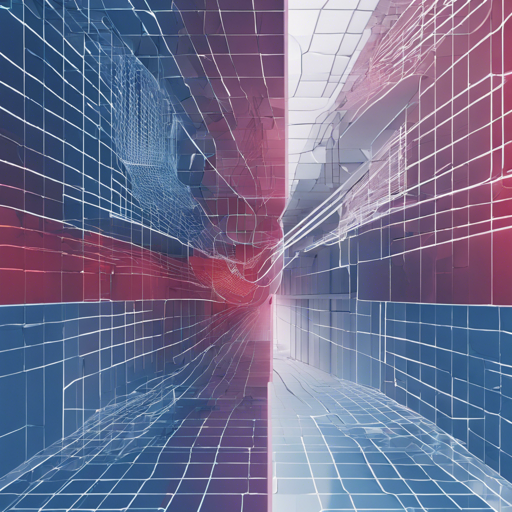Depth estimation is a pivotal task in computer vision, enabling machines to understand spatial relationships in visual data. The innovative approach of AdaBins utilizes adaptive bins to improve depth estimation from monocular images, making it a fascinating topic to dive into. This blog will guide you through the usage, inference, and troubleshooting of the AdaBins model.
Getting Started with AdaBins
To begin your adventure with AdaBins, you must first download the pretrained models and the predicted depth outputs. Follow the instructions below:
Download Pretrained Models and Prediction Data
- Download the pretrained models: AdaBins_nyu.pt and AdaBins_kitti.pt.
- Download the predicted depths in 16-bit format for the NYU-Depth-v2 official test set and the KITTI Eigen split test set: here.
Running AdaBins with Inference
Now that you have the necessary components, let’s set up the inference process. Consider the following analogy: think of AdaBins as a syrup dispenser that adjusts the amount of syrup based on the size of a pancake. Just as pancakes of varying sizes require different amounts of syrup for the perfect flavor, different depths in images need specific depth information to create an effective representation.
Load Pretrained Weights
Transfer the downloaded weights to a directory of your choice, which we will refer to as .pretrained. You can guide the model to use these weights. Below is an example of how to utilize the pretrained models:
python
from models import UnetAdaptiveBins
import model_io
from PIL import Image
MIN_DEPTH = 1e-3
MAX_DEPTH_NYU = 10
MAX_DEPTH_KITTI = 80
N_BINS = 256 # NYU
# Using NYU pretrained model
model = UnetAdaptiveBins.build(n_bins=N_BINS, min_val=MIN_DEPTH, max_val=MAX_DEPTH_NYU)
pretrained_path = '.pretrained/AdaBins_nyu.pt'
model, _, _ = model_io.load_checkpoint(pretrained_path, model)
bin_edges, predicted_depth = model(example_rgb_batch)
# Using KITTI pretrained model
model = UnetAdaptiveBins.build(n_bins=N_BINS, min_val=MIN_DEPTH, max_val=MAX_DEPTH_KITTI)
pretrained_path = '.pretrained/AdaBins_kitti.pt'
model, _, _ = model_io.load_checkpoint(pretrained_path, model)
bin_edges, predicted_depth = model(example_rgb_batch)
Utilizing InferenceHelper for Streamlined Inference
The recommended approach for inference is to use the InferenceHelper class in infer.py. This class simplifies the process and handles any necessary preprocessing. It even takes care of calculating bin-centers automatically:
python
from infer import InferenceHelper
# Initialize InferenceHelper for NYU
infer_helper = InferenceHelper(dataset='nyu')
# Predict the depth of a batched RGB tensor
example_rgb_batch = ...
bin_centers, predicted_depth = infer_helper.predict(example_rgb_batch)
# Predict depth from a single Pillow image
img = Image.open('test_imgs/classroom__rgb_00283.jpg') # any RGB Pillow image
bin_centers, predicted_depth = infer_helper.predict_pil(img)
# Predict depths for images in a directory and save the results in 16-bit format
infer_helper.predict_dir(path_to_input_dir_containing_only_images, path_to_output_dir)
Troubleshooting Common Issues
If you encounter challenges while working with AdaBins, here are a few troubleshooting ideas:
- Ensure your directory paths are correctly set for the pretrained models.
- Check if the dependencies are correctly installed as per the environment requirements.
- If you experience performance issues, consider adjusting the batch sizes in your inference pipeline.
For more insights, updates, or to collaborate on AI development projects, stay connected with fxis.ai.
Conclusion
At fxis.ai, we believe that such advancements are crucial for the future of AI, as they enable more comprehensive and effective solutions. Our team is continually exploring new methodologies to push the envelope in artificial intelligence, ensuring that our clients benefit from the latest technological innovations.

